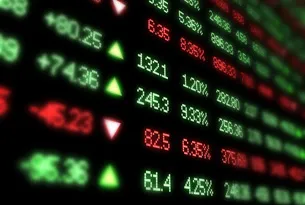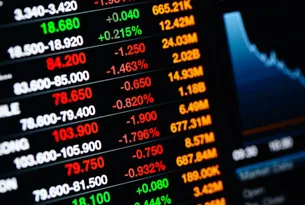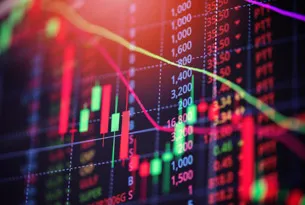Fast growers are starting to outperform value stocks more sensitive to the economic climate, writes MoneyShow.com senior editor Igor Greenwald.
What does a wary market do when it learns the Federal Reserve won’t be topping up the punch bowl any time soon? How does it cope with fears that austerity will tip over the tottering Spanish real-estate market, burying Europe under the rubble?
It looks like we’ll have another chance to find out today. But yesterday’s abandon-ship drill following the release of the Federal Open Market Committee minutes has already illuminated the most popular lifeboats.
When the Dow was down 120 and things were looking none too bright, people kept piling into Apple (AAPL), Priceline (PCLN), and Celgene (CELG).
Why them? Because Celgene is the slowest grower of the three, at 20% year-over-year. Apple’s revenue was up 73% last quarter.
Growth like that is often the result of a secular trend that’s likely to outlast the vagaries of the business cycle. Investors know all too well that stocks climb stairs on the way up, only to take the express elevator down. Given how frequently that’s happened in recent years, it makes sense to invest in the names that offset the risk of a precipitous drop with the promise of huge upside.
Apple, Priceline, and Celgene all fit the bill. So do some of the smaller outperformers during yesterday’s profit-taking, names like Select Comfort (SCSS) and Sturm Ruger (RGR).
The iShares Nasdaq Biotechnology ETF (IBB) rallied 0.63% on the day, taking its year-to-date gain above 20%. The iShares S&P Midcap 400 Growth Index ETF (IJK) also finished in the green. Among the large caps and the small caps too, growth trumped value.
That’s is not just a single-day fluke. Through the first three weeks of 2012, large-cap value and growth names were showing roughly equivalent gains year-to-date. By March 1, growth had outperformed value by three percentage points. Now the performance gap is up to 4.4 percentage points.
The same trend has been evident, to a somewhat lesser extent, among midcaps and small caps.
However, it’s worth noting that over the last week, large-cap growth names have outperformed smaller fry. On March 26, the iShares Russell 2000 Growth Index ETF (IWO) was up 15.9% year-to-date, vs. 15.3% for its large-cap Russell 1000 counterpart (IWF). As of yesterday, the IWF had crept up to 15.5% while the small-cap IWO was down to 14.1%.
Recent doubts about the staying power of the US recovery seem to be driving investors toward global champions that will be able to take advantage of growth wherever it might crop up next.
Stocks with a realistic chance of doubling over the next year or two are a worthy hedge against an economic backdrop that could discount the market 10% at any moment. A good offense can be the best defense. And the business momentum of the growth names may well be the best defense on offer.





































